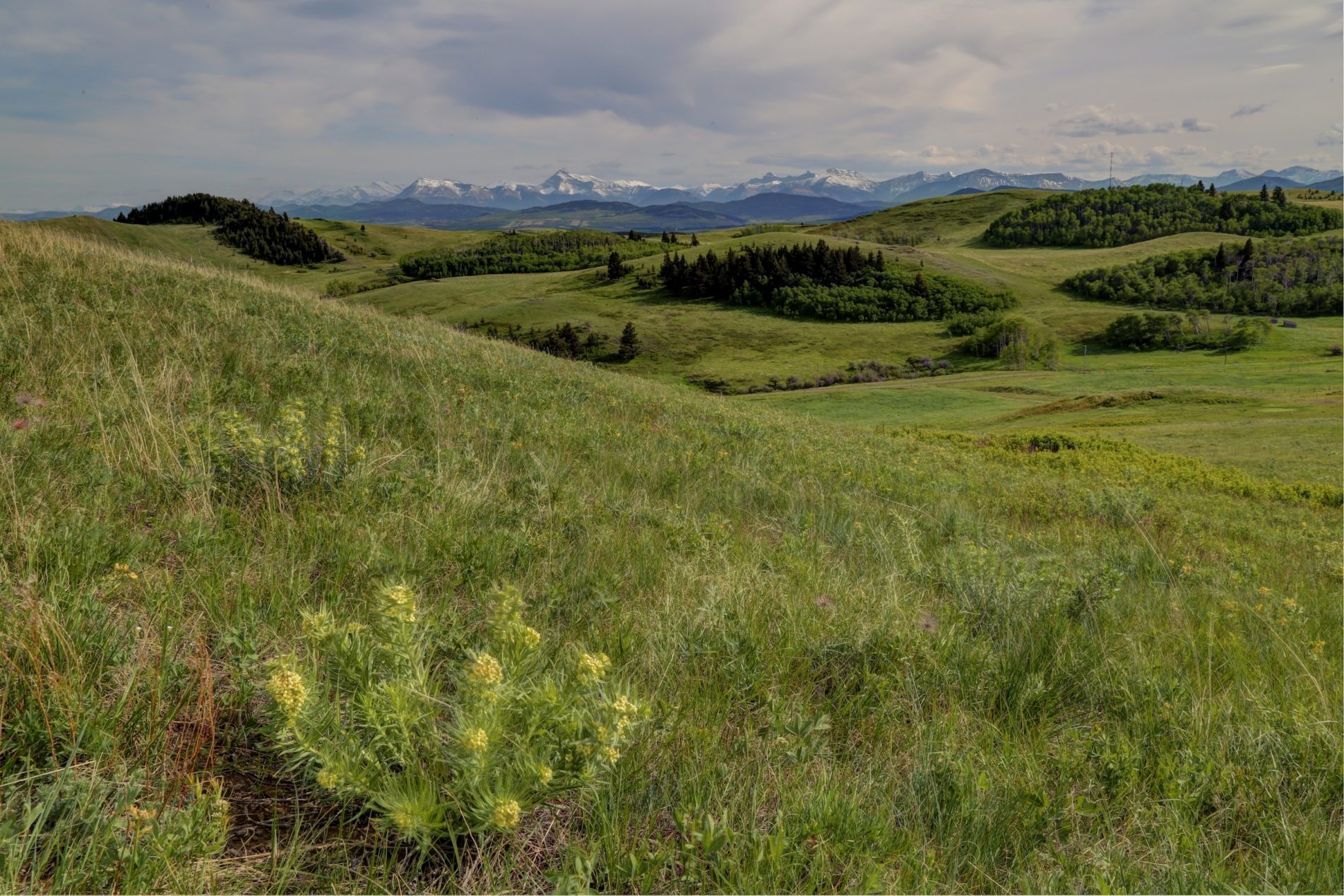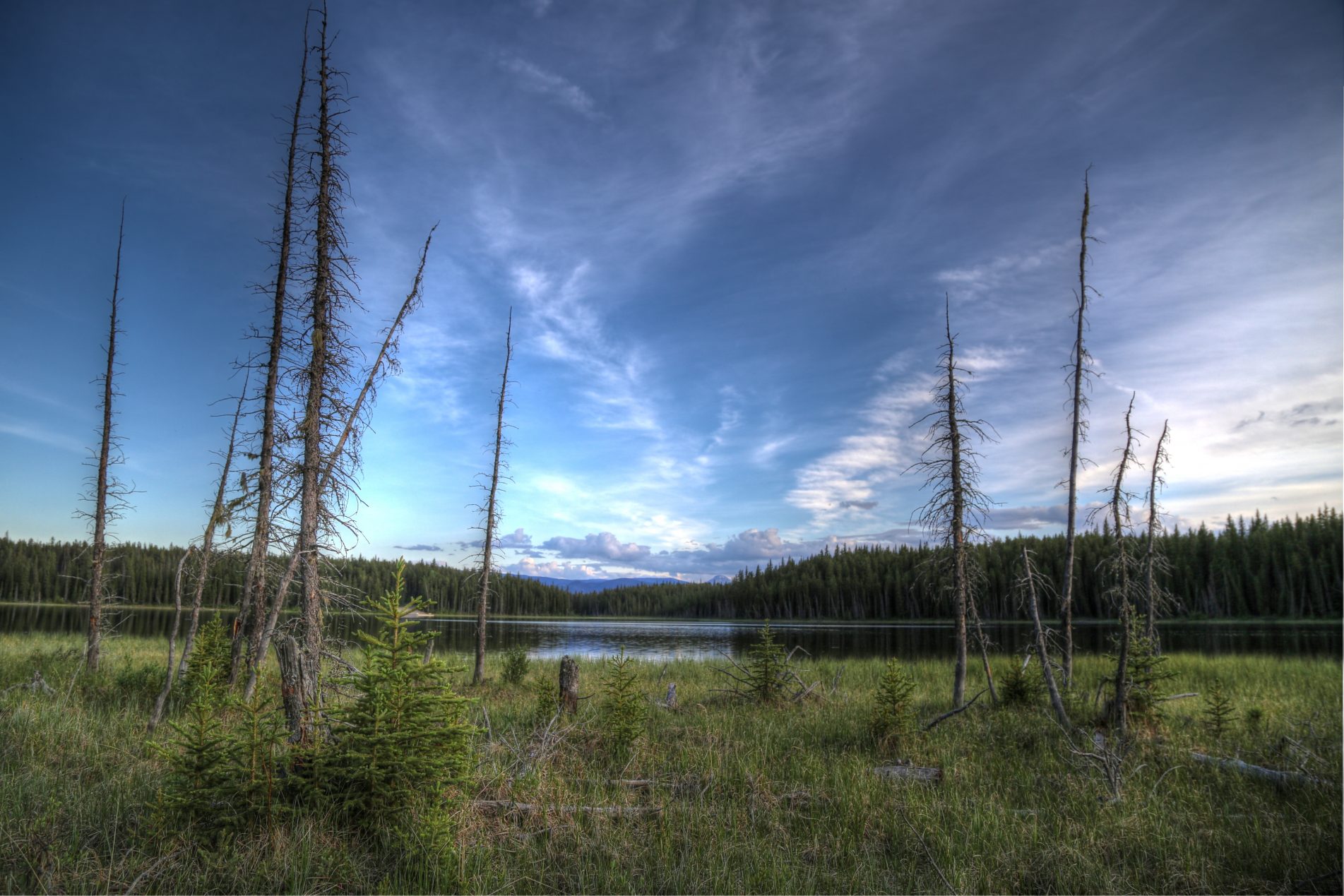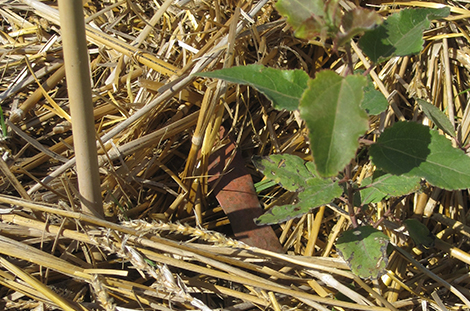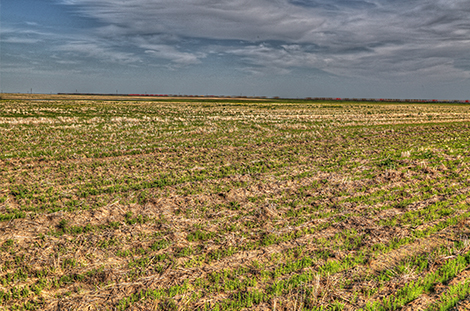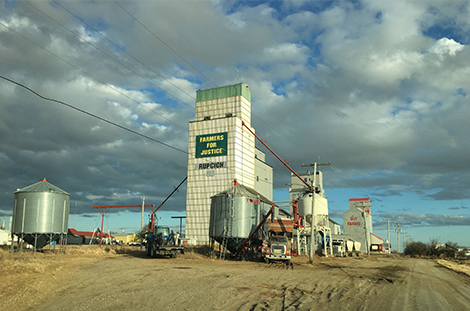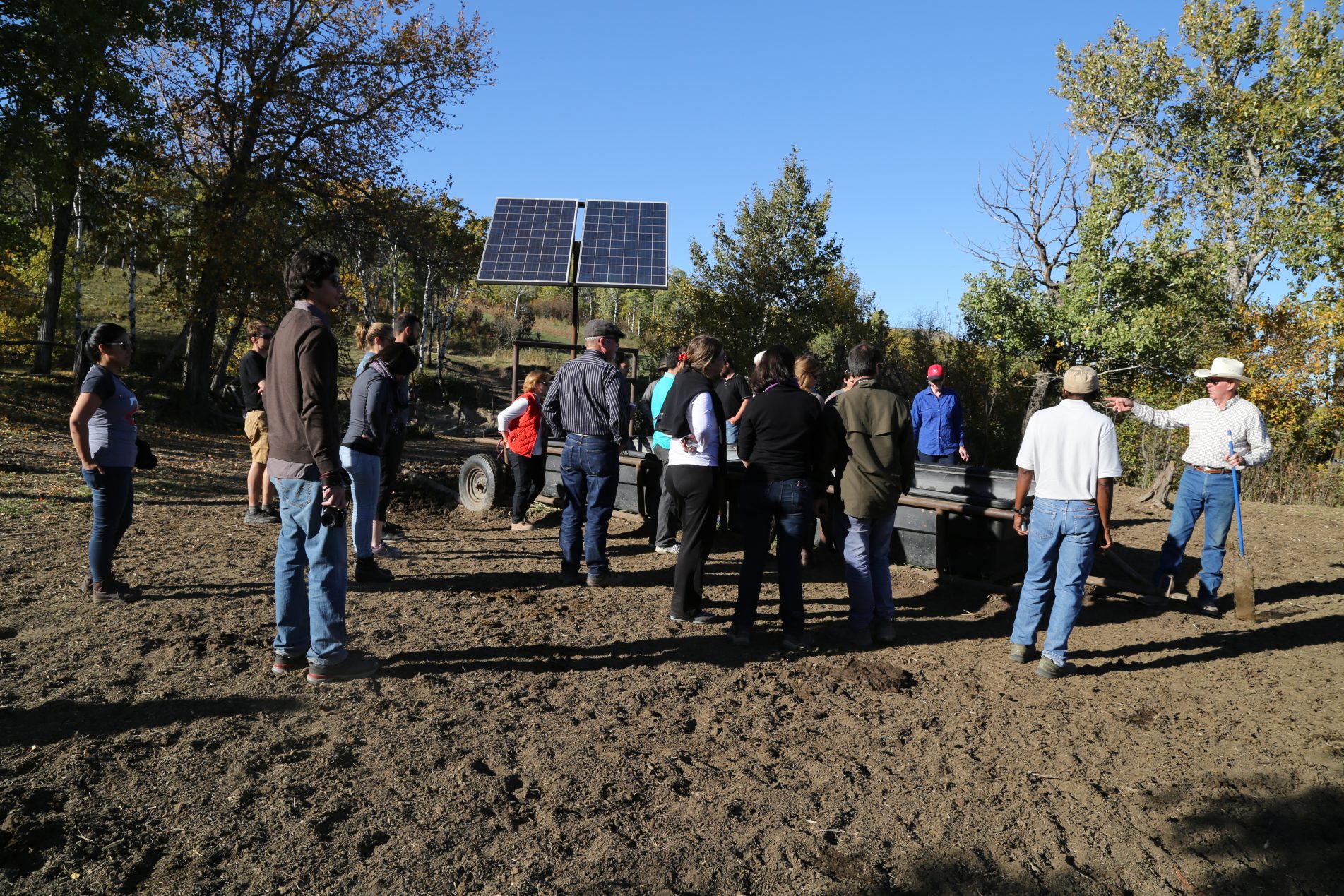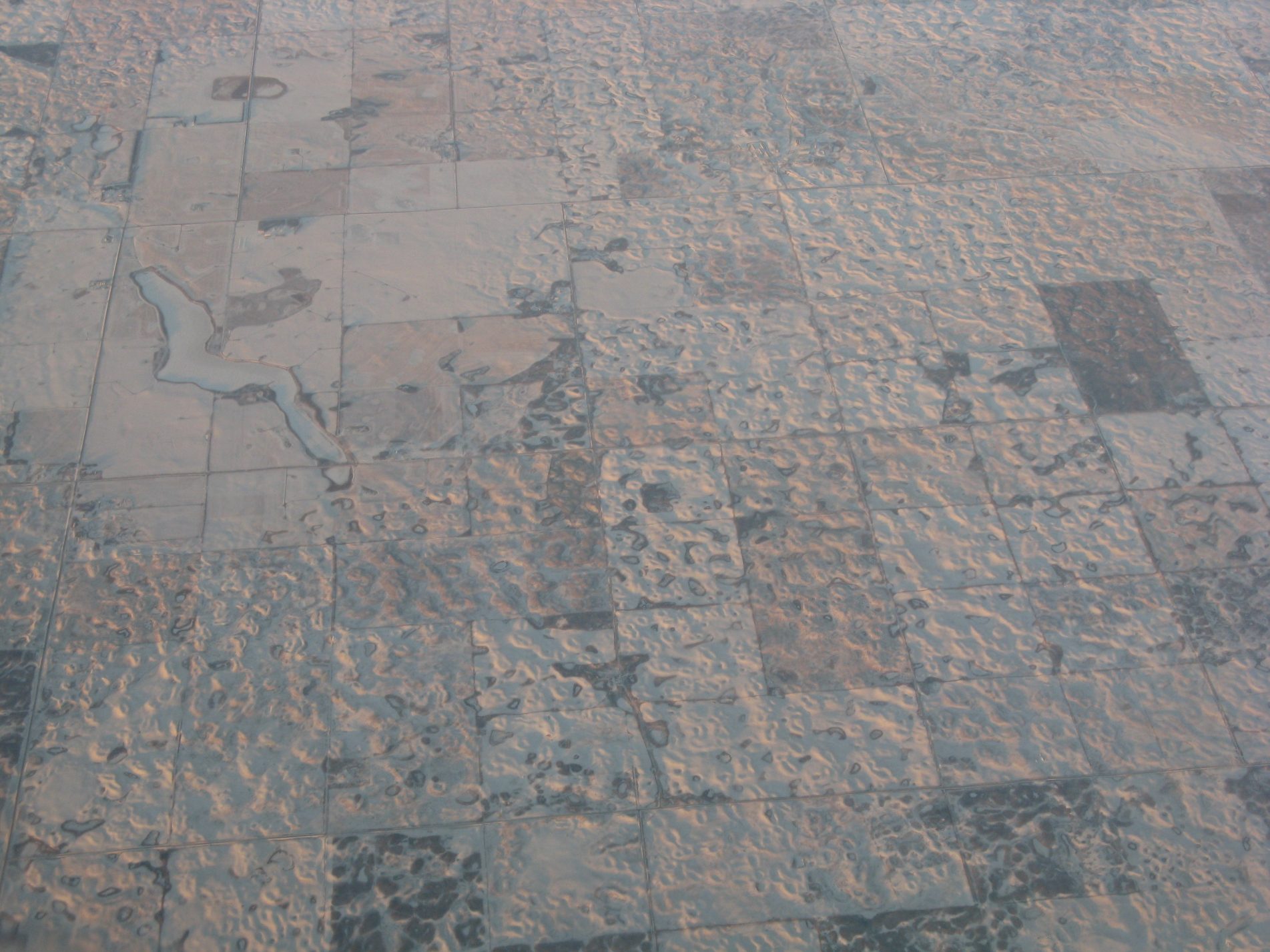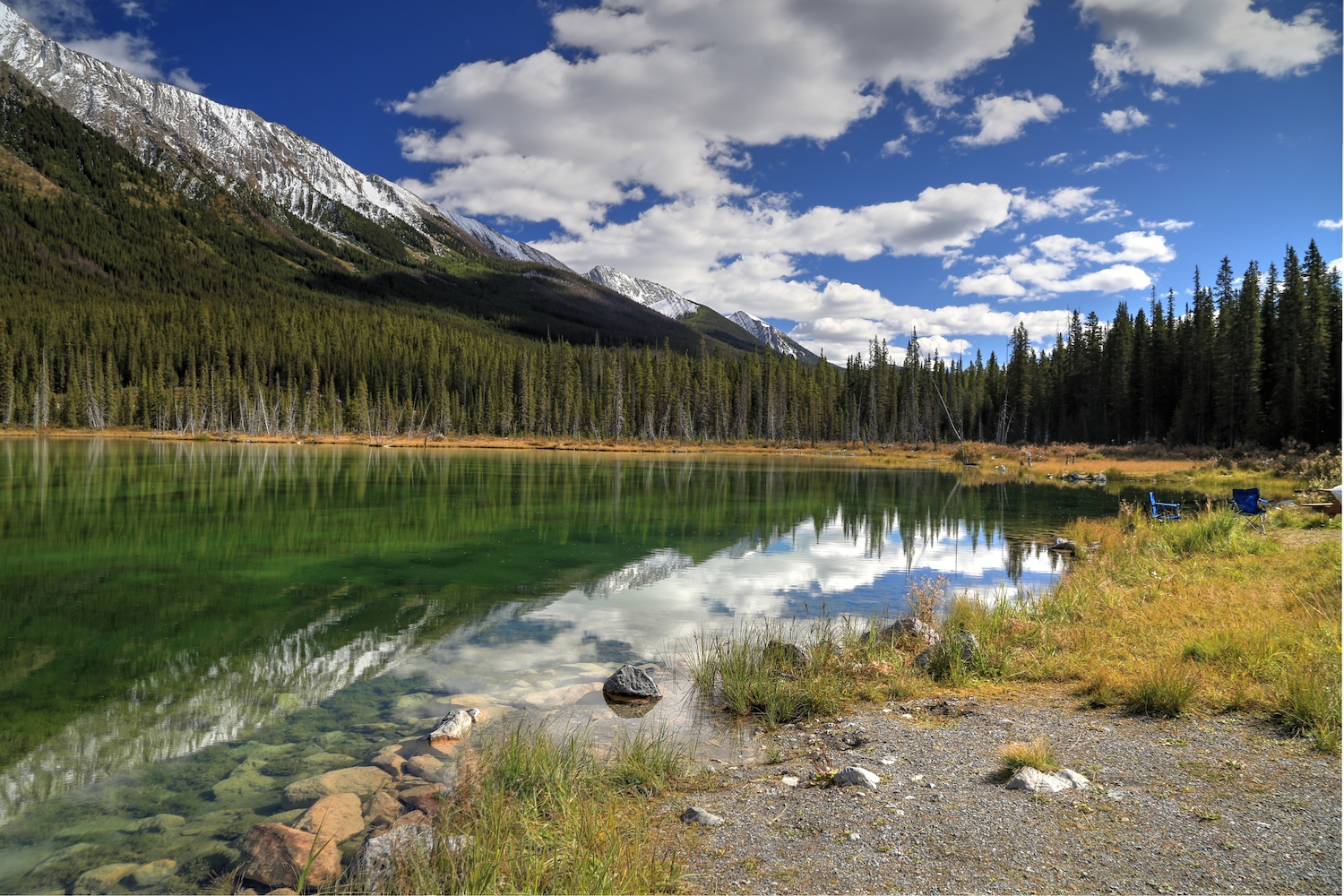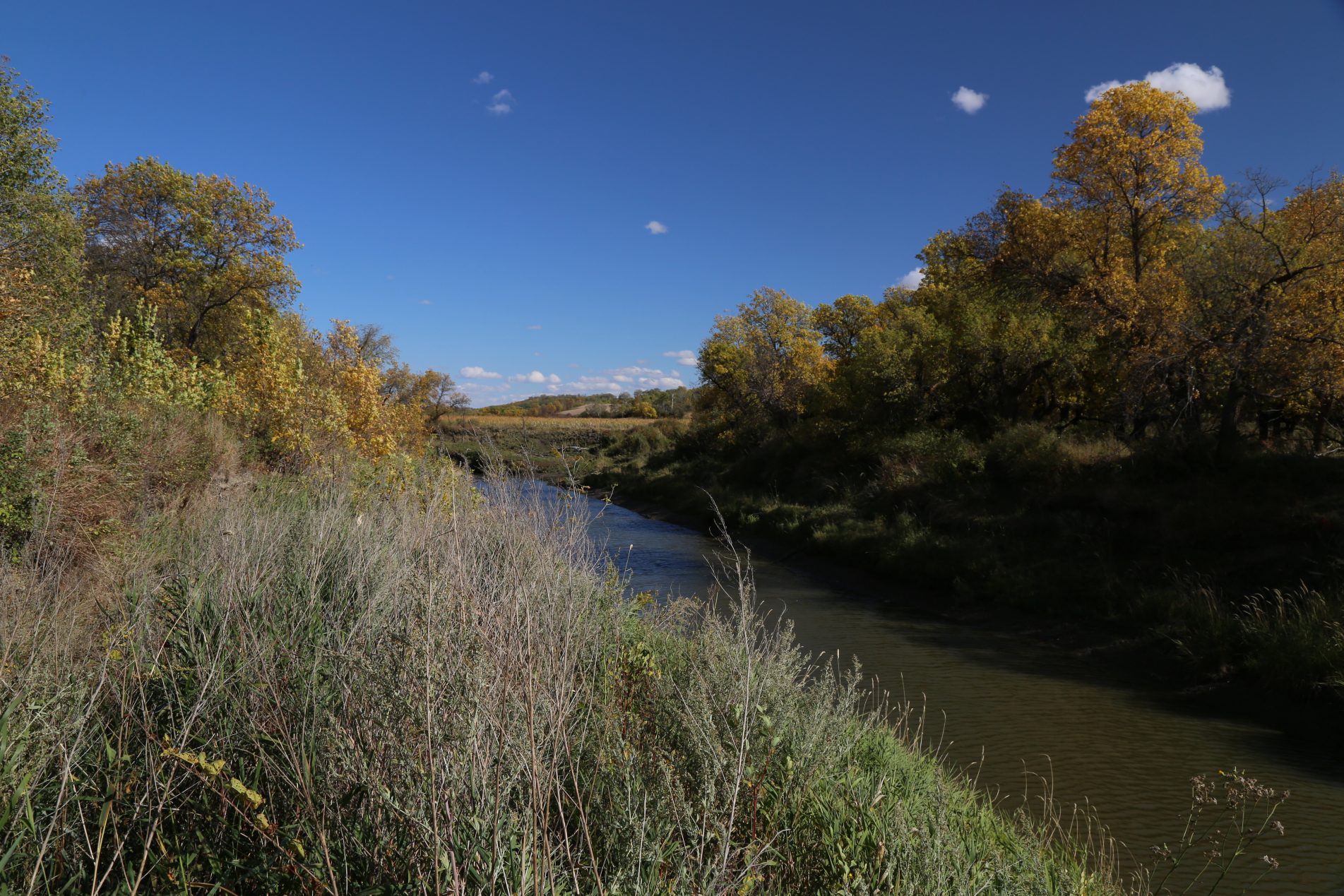PROJECT SUMMARY
The objective of this project is to provide the industrial partner, EPCOR Utilities Inc., with projections of future climate and runoff in the North Saskatchewan River Basin (NSRB) that consider both natural variability and human caused climate change. We will evaluate the uncertainty in these projections and determine the probability of reaching extreme water levels. This project is based on outputs from the latest generation of Regional Climate Models (RCMs), and driving a calibrated hydrological model with future climatology from a RCM. Compare climate and runoff projections from different RCMs and multiple runs of the same RCM enables us to determine how much uncertainty is due to using different models, different greenhouse gas emission scenarios, or the natural variability of the regional climate regime. We will compare data from the models to 900 years of weekly river flows based on the growth of trees in the river basin, and a method of scaling the annual flows to weekly estimates. This research provides EPCOR Utilities Inc. with improved capacity for planning and implementing adaptive strategies for water management under climate change.


